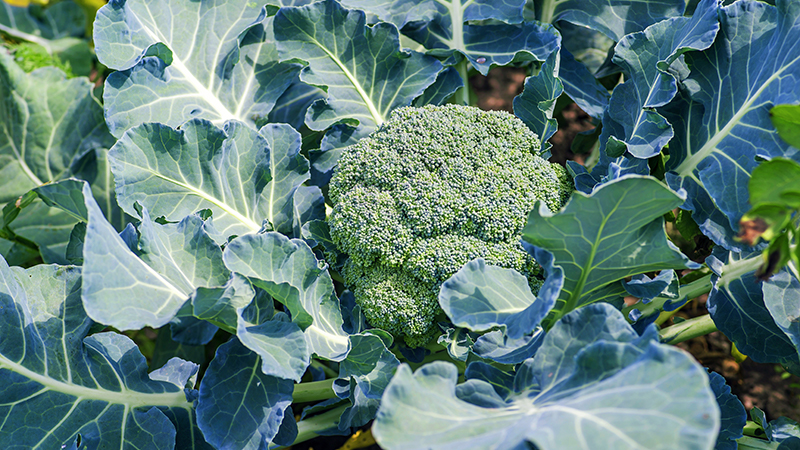Finding A Cold-Hardy Peach Variety Is Not That Easy
Peach trees and cold temperatures don’t mix. Just ask growers in the Midwest and East as they are once again reeling from another brutal winter where sub-zero temperature left trees severely damaged.
After suffering loses at the hands of Mother Nature, growers may seek to learn more about varieties that are deemed cold-hardy. However, the quest to find a cold-hardy peach is more difficult than you might expect. A variety that is known to be cold tolerant in one area may find the differing weather patterns in another region more difficult to adjust to, says Jerry Frecon, professor emeritus at Rutgers University.
“So-called cold-hardy peach varieties can be damaged by very cold temperatures in January and February in New Jersey when the days get warmer above 45°F and then the temperatures drop suddenly a few days later. Even though these varieties may have been very cold hardy in Canada, they lose their low temperature resistance quickly and can be injured by warmer temperatures,” he says.
This tolerance and acclimation to fluctuation in temperatures also varies by variety, Frecon adds.
“Some varieties acclimate very slowly and might be damaged by a temperature early in the acclimation period that a less hardy variety might withstand. Some varieties that acclimate quickly may also lose their hardiness quickly,” he says. “[One] variety may not be able to regain [its] hardiness as quickly while [another] may simply never acclimate completely and is not particularly hardy. “
A SHIFT IN WHEN DAMAGE IS OCCURRING
Trees can be susceptible to rapid drops in temperature from fall through spring, says Bill Shane, a senior Michigan State University (MSU) Extension tree fruit specialist at the Southwestern Michigan Research and Extension Center in Benton Harbor. For a while, Shane says, growers saw more spring injuries. However, as of late, injuries have been occurring mid-winter in January or February.
“If you have a cold weather event and if it’s fairly significant, within a day you can start to see the browning of the cambium layer under the bark. At that point, you’re trying to judge between a cinnamon brown and a light brown to figure out how bad,” he says.
KEEP CULTURAL PRACTICES IN MIND
Frecon says trees pruned early in the dormant season may be more susceptible to extreme low temperature.
Shane also recommends growers keep in mind how air flows through the orchard. Cold air needs to move out and if an orchard has ridges, bottlenecks, or a hedgerow with woods on a low end of the property, air will get held up and not move away from the trees.
“They need a significant downward alleyway for the air to move out, a minimum of 30 feet wide. It gets held up by even slight rises in the terrain of the orchard,” says Shane.
Growers should also consider planting hardier crops in lower areas of an orchard, he says.
In the end, Frecon says regardless of varieties or cultural practices, carrying crop insurance may give a grower more piece of mind. However, it may not be offered in a particular area and some may view it as a waste of time.
“The risks are so great and the weather so unpredictable in many areas of the U.S. That it is hard to fathom growing certain perennial crops like peaches,” he says. “You will have a difficult task.”
HOPE MAY BE AROUND THE BEND
Weather patterns are keeping growers on their toes in recent years. Although there are several varieties known to be more accepting of colder temperatures, growers are still asking researchers for specific cold-hardy varieties. Some research has been done to evaluate existing cultivars’ cold-hardiness.
Recently, scientists are evaluating cultivars on the molecular level, says Jay Subramanian, associate professor in the tree fruit breeding and biotechnology department at the University of Guelph.
“As scientists develop the molecular markers, they can test the existing population and somebody might identify molecular markers for cold tolerance breeding in the near future,” he says. “We may be 4 or 5 years into that 15 year breeding cycle and we may have a (cold hardy) sleeper somewhere in our breeding lines.”










